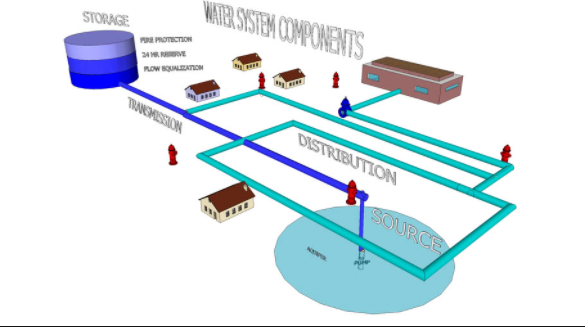Levels of Cleaning in Cleaning Validation
The manufacturing process of an Active Pharmaceutical Ingredient (API) typically consists of various chemical reactions and purification steps followed by physical changes. In general, early steps undergo further processing and purification so potential carryover of the previous product would be removed.
The level of cleaning required to ensure that the API is free from unacceptable levels of contamination by previous substances varies depending on the step being cleaned and the next substance being manufactured in the same piece of equipment (train).
APIs and related intermediates are often produced in multi-purpose equipment with frequent product changes which results in a high amount of cleaning. To minimize the cleaning effort the concept of using different levels of cleaning as a function of the level of risk related to the possible carryover may be applied without affecting the
safety of the API.
Cleaning levels
It is recommended that at least three levels of cleaning in the production of a commercial product be implemented. This approach is outlined in the table below, however, it should be mentioned that additional levels might be necessary depending on the nature of the process and requirements of individual companies but
should always be based on risk assessment where the characteristics of the previous and subsequent products such as solubility, recovery studies, nature of residues, process step, etc. should be considered.
The levels established are based on the approach that in general the thoroughness of cleaning will increase and the acceptable carryover of the previous product will decrease from early steps in the route of synthesis to the final API because early steps undergo further processing and/or purification and so the potential carryover will be reduced by further processing. Physical operations, which mean e.g. powder handling such as drying, sieving, or milling do not reduce the potential carryover. During the risk assessment, it should be taken into consideration that the residues may contribute to a degradation of the next product’s quality or safety and ultimately have a detrimental effect on the final consumer.
The following product is the next step in the synthetic chain A typical manufacturing process applied to the production of Active Pharmaceutical Ingredients consists of various chemical reactions and purification steps followed by physical changes, as can be generally illustrated by the sequence of the production line of a product A or B. In this case, level 0 may be applied because the previous product is the starting material of the following manufacturing step and the analytical methods applied for the following product are usually suitable to detect the previous product which is covered and limited by the impurity profile.
Between different steps of the same synthetic chain
In general, there is a higher potential for contamination of the API if the following product in a sequence is close to the final API – step. So progression of levels from early steps to later steps in the synthetic chain is expected. In the example of product changeover “A – 2” to “Final API A” level 2 may be chosen if “A – 2” is not specified in the specification of “API A” or “A – 2” is a toxic compound. If it is specified or is purged during the process or harmless, level 1 may be acceptable.
Between batches of different product lines, The level of cleaning required depends on the stage of manufacture. If the following product is an early stage in the API chain, in general, lower levels are required than if it is an intermediate or final stage.
The progression of levels however an individual risk assessment for each potential product changeover scenario has to be performed to decide which level is applicable. This risk assessment should address the following topics:
- Easiness of cleaning
- Toxicological/pharmacological activity of the previous product, its side products or degradants.
- A maximum daily dose of the following product
- Microbiological growth
- Batch size of the following product
- Solubility, experience, difficulty to remove the previous product
- Chemical interactions
- Campaign lengths should be evaluated and determined as part of the risk assessment.
Reference: GUIDANCE ON ASPECTS OF CLEANING VALIDATION IN ACTIVE PHARMACEUTICAL INGREDIENT PLANTS
